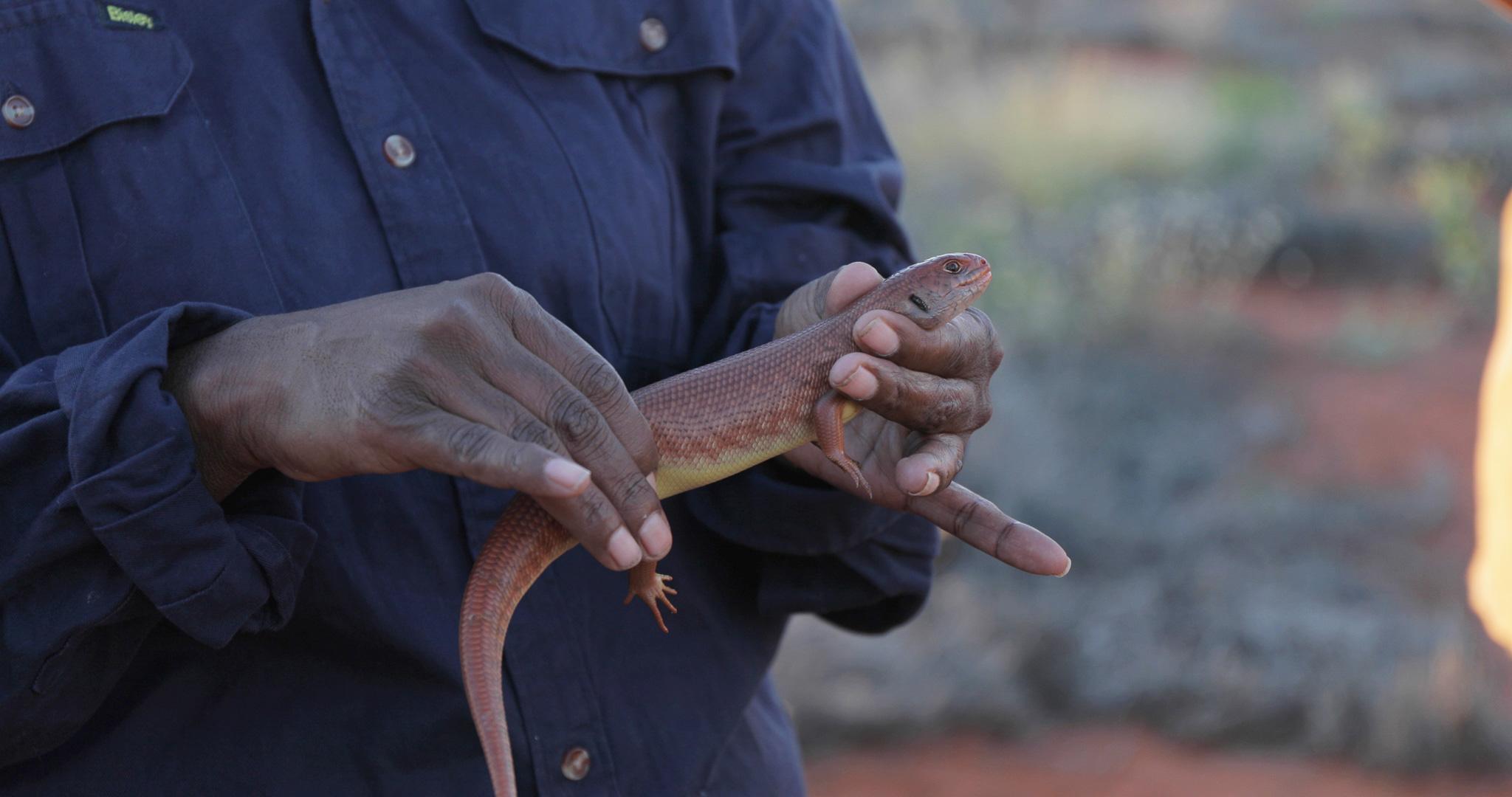Understanding where threatened species are, how they behave, and what threats they face is pivotal in preventing species extinction.
Our threatened species monitoring projects have been undertaken in collaboration with research organisations from across the continent. These projects have helped to strengthen cooperative research partnerships and improve threatened species management.
Hub researchers have incorporated Indigenous Knowledge of native species and environments into the collection and analysis of data about threatened species. This two-way science has led to the development and implementation of more effective species management strategies and protocols.
The Resilient Landscapes Hub and its partners have made important progress in the conservation of Australia’s threatened native species and have attracted national-scale media coverage of this work. The hub is helping to ensure that threatened species survive for generations to come.
A hub project focused on monitoring Tjakuṟa (Great Desert Skink, Mulyamiji, Tjalapa, Warrana and Nampu) has developed a new standardised monitoring method. This protocol allows land managers to compare information about the Tjakuṟa across its range, and improve the species’ conservation measures. The hub has an embedded partnership with the Indigenous Desert Alliance (IDA) and Dr Rachel Paltridge, who works within the organisation and is funded by NESP. The IDA is an Indigenous-led organisation strengthening desert ranger teams who work together at landscape-scale to keep Country healthy. This partnership has enabled innovative and highly-publicised programs, such as 2023’s inaugural Mulyamiji March. In March, Traditional Owners, Indigenous Rangers, scientists and land managers teamed up to gather data on Tjakuṟa populations across Australia’s desert regions.

Meanwhile in Queensland’s Moonaboola (Mary River), the team have been making a splash researching threatened aquatic species, including Australian lungfish, Mary River cod, and white-throated snapping turtles. In 2023, the team worked alongside Traditional Owners, government, and natural resource management groups to sample 50 sites throughout the catchment. For the first time in 30 years, we now have comprehensive data on the distribution and abundance of the area’s threatened species to inform priority actions for threat mitigation and habitat restoration.

Mary River turtle. Photo Kaitlyn Houghton (DESI).
Report